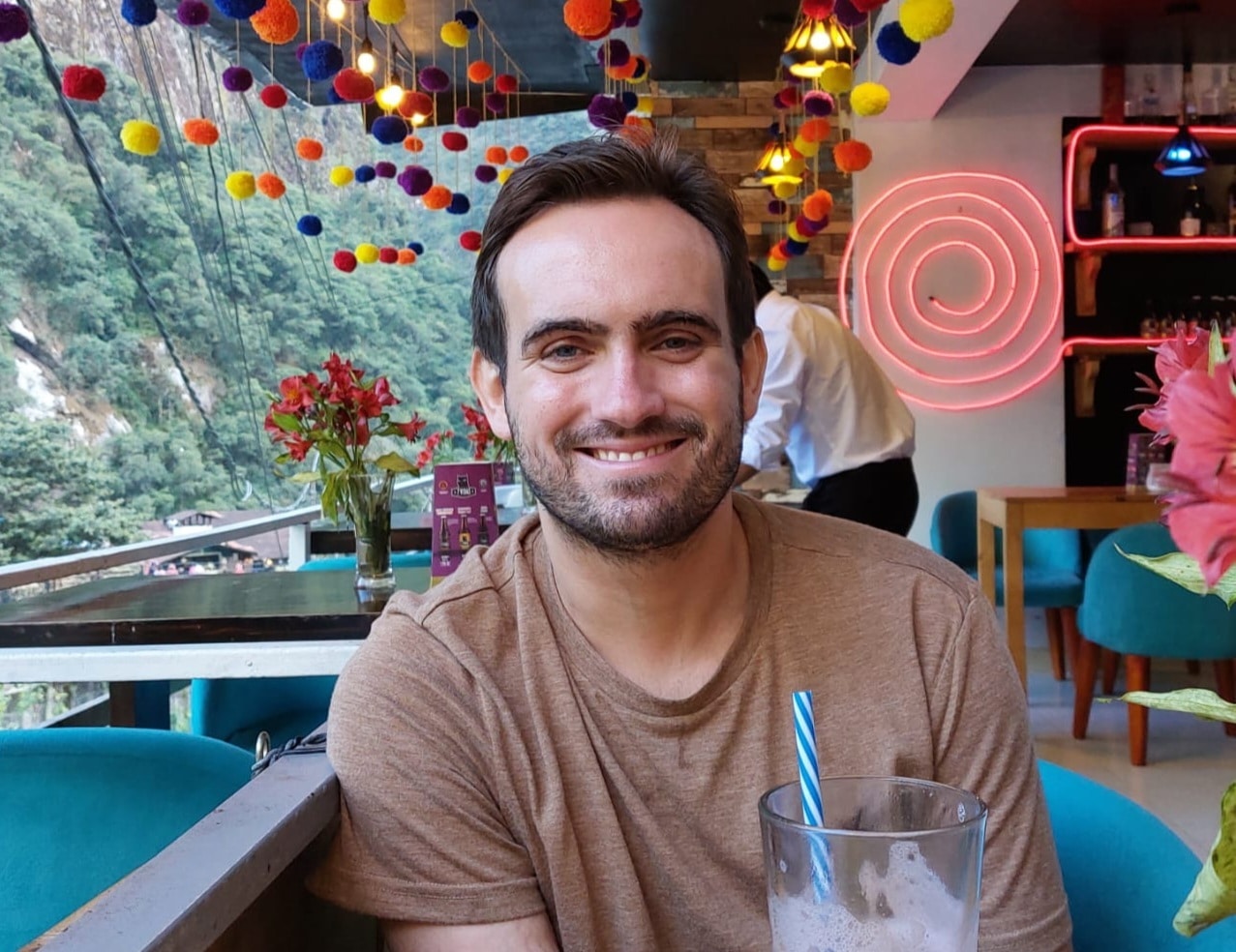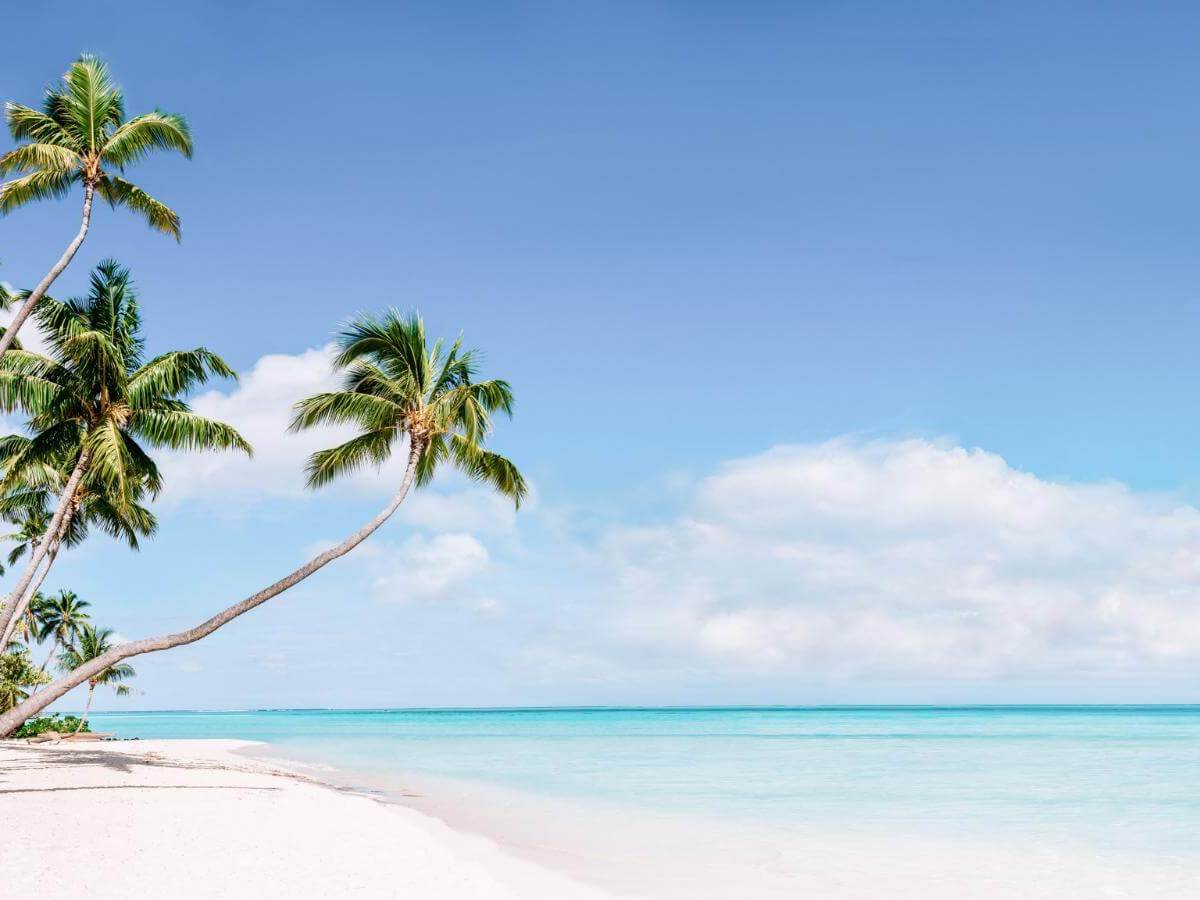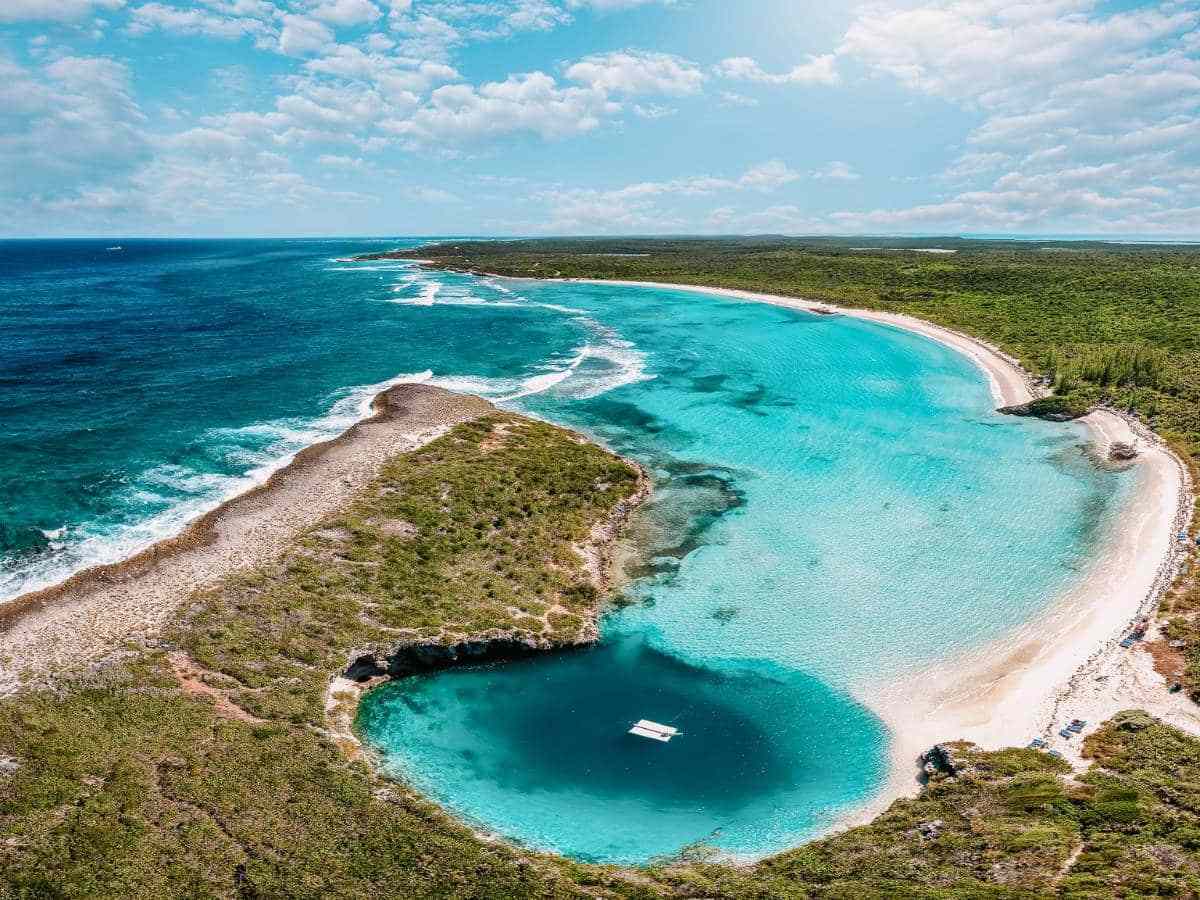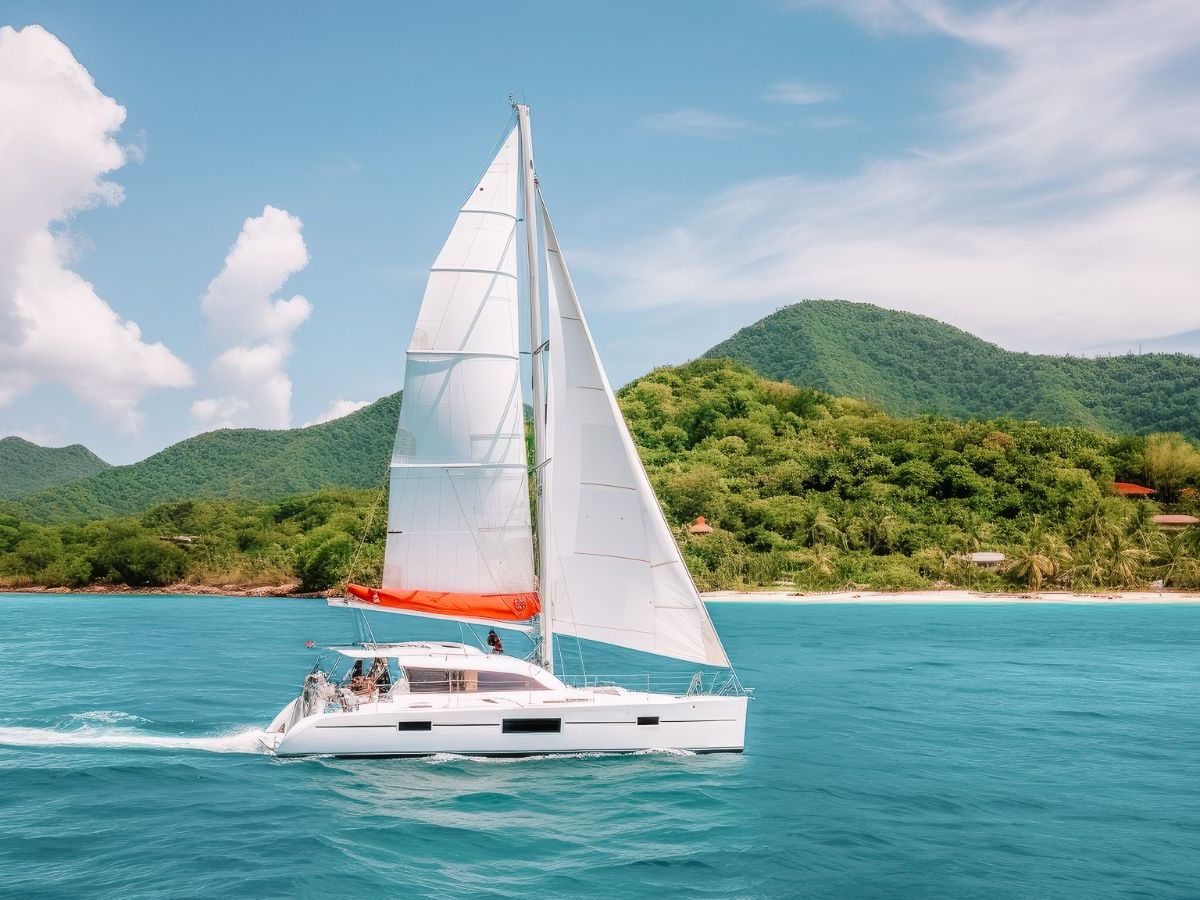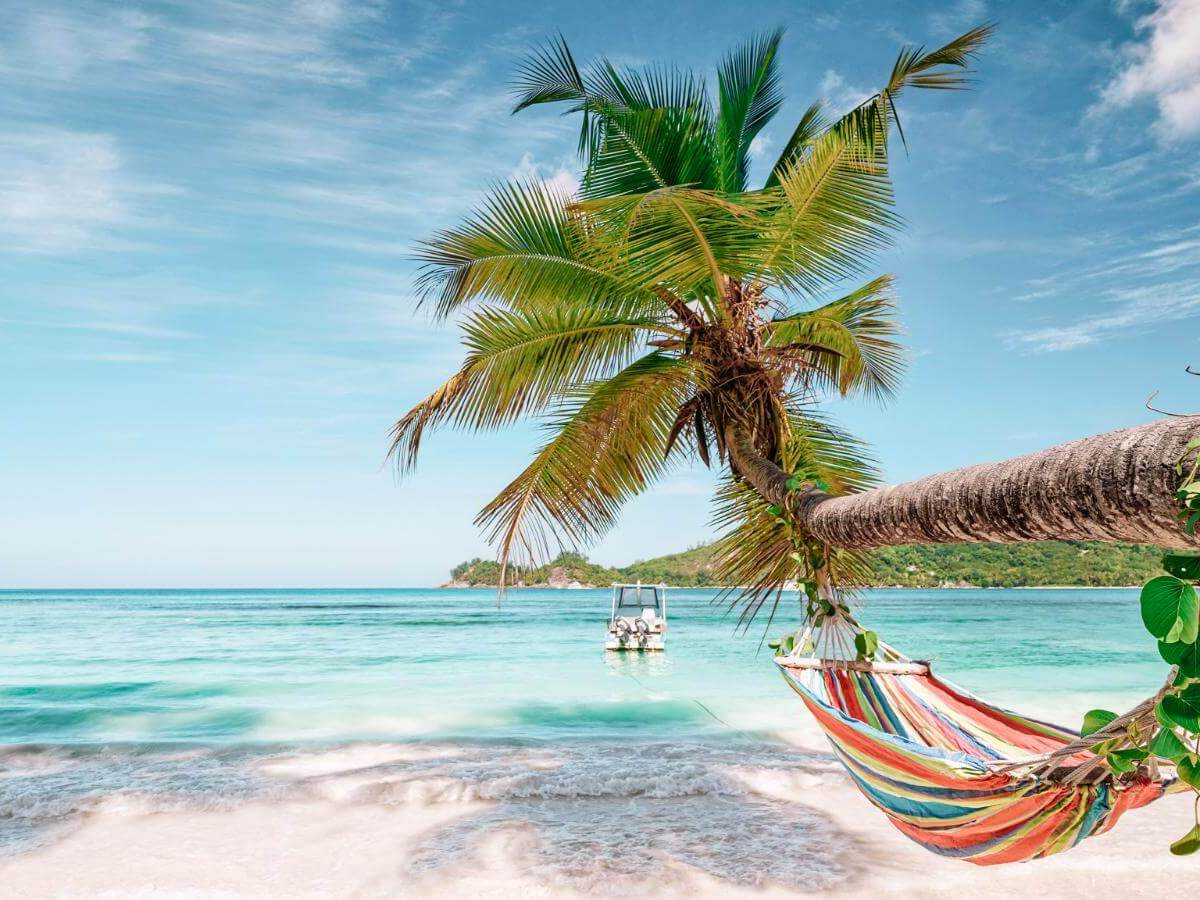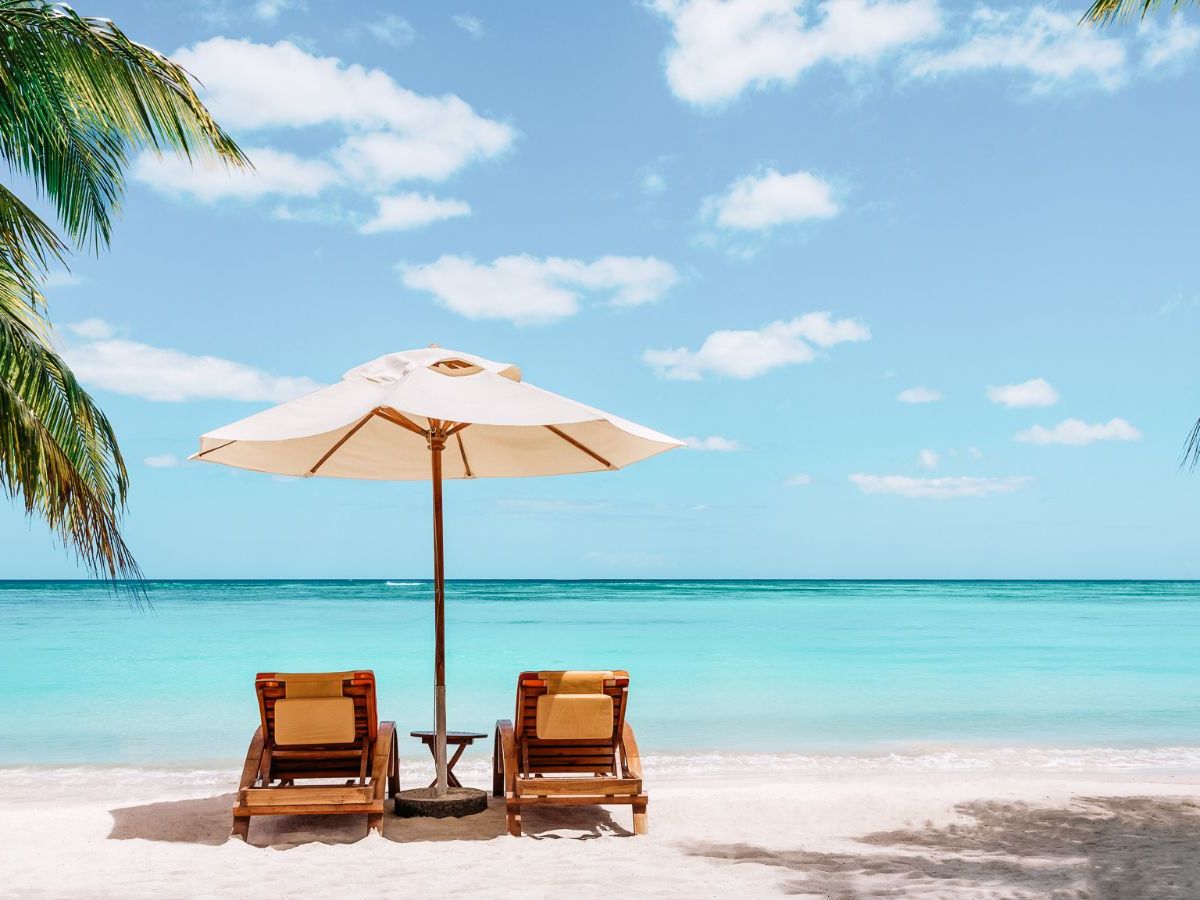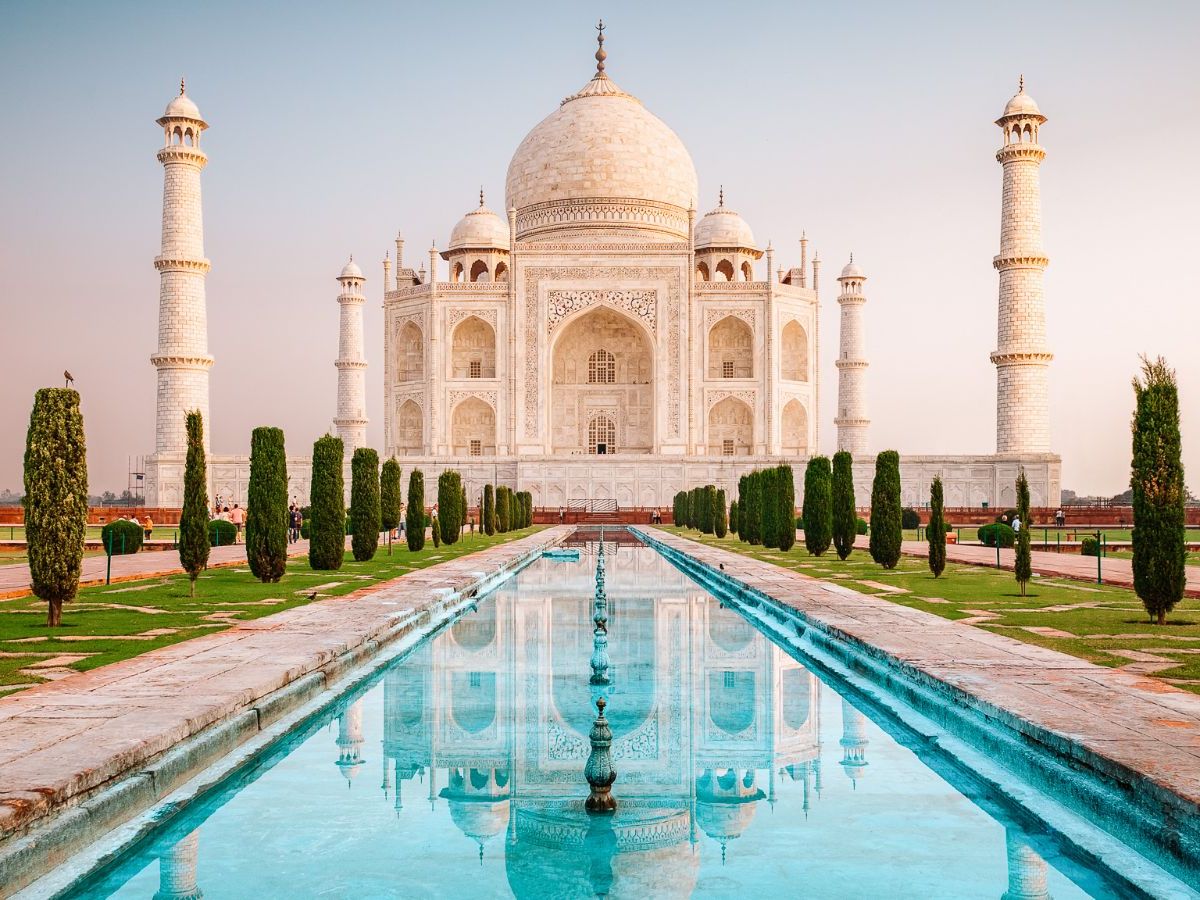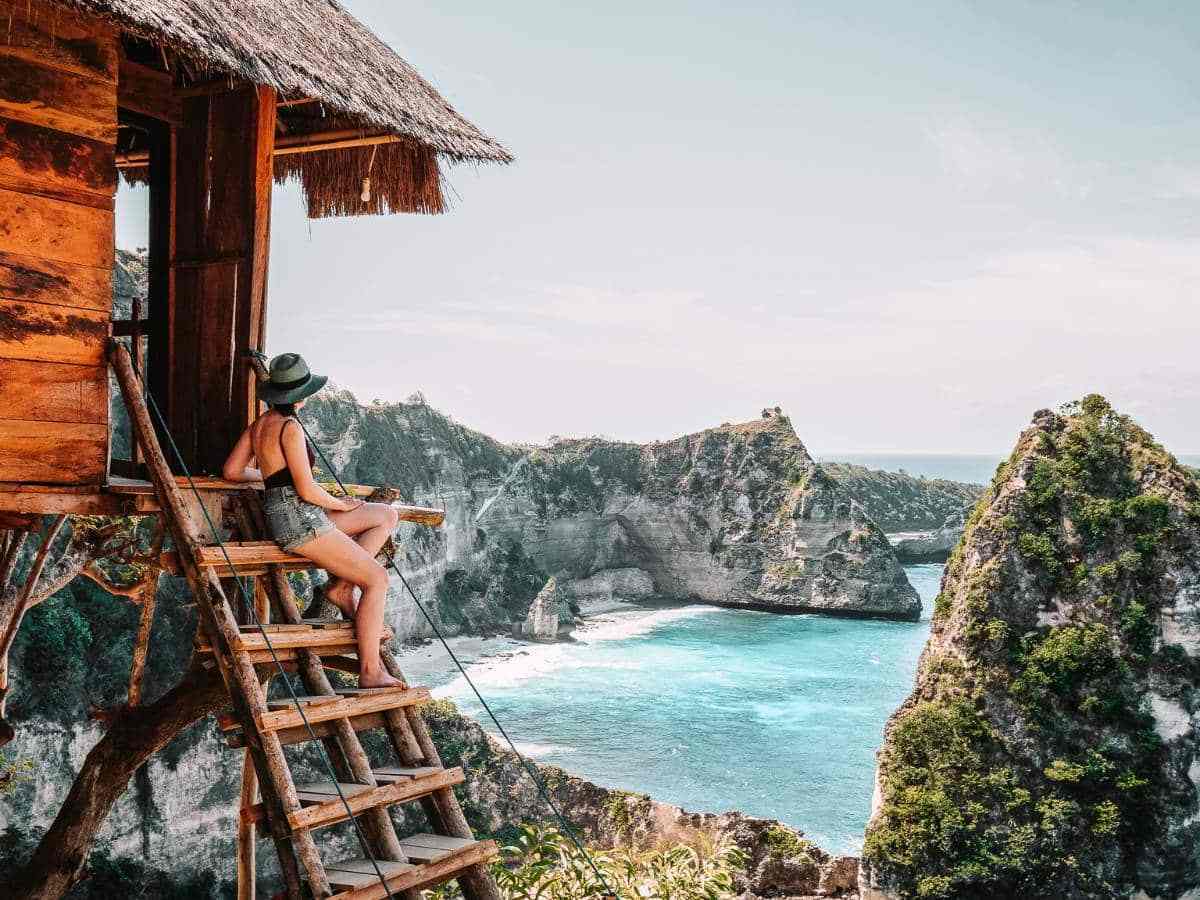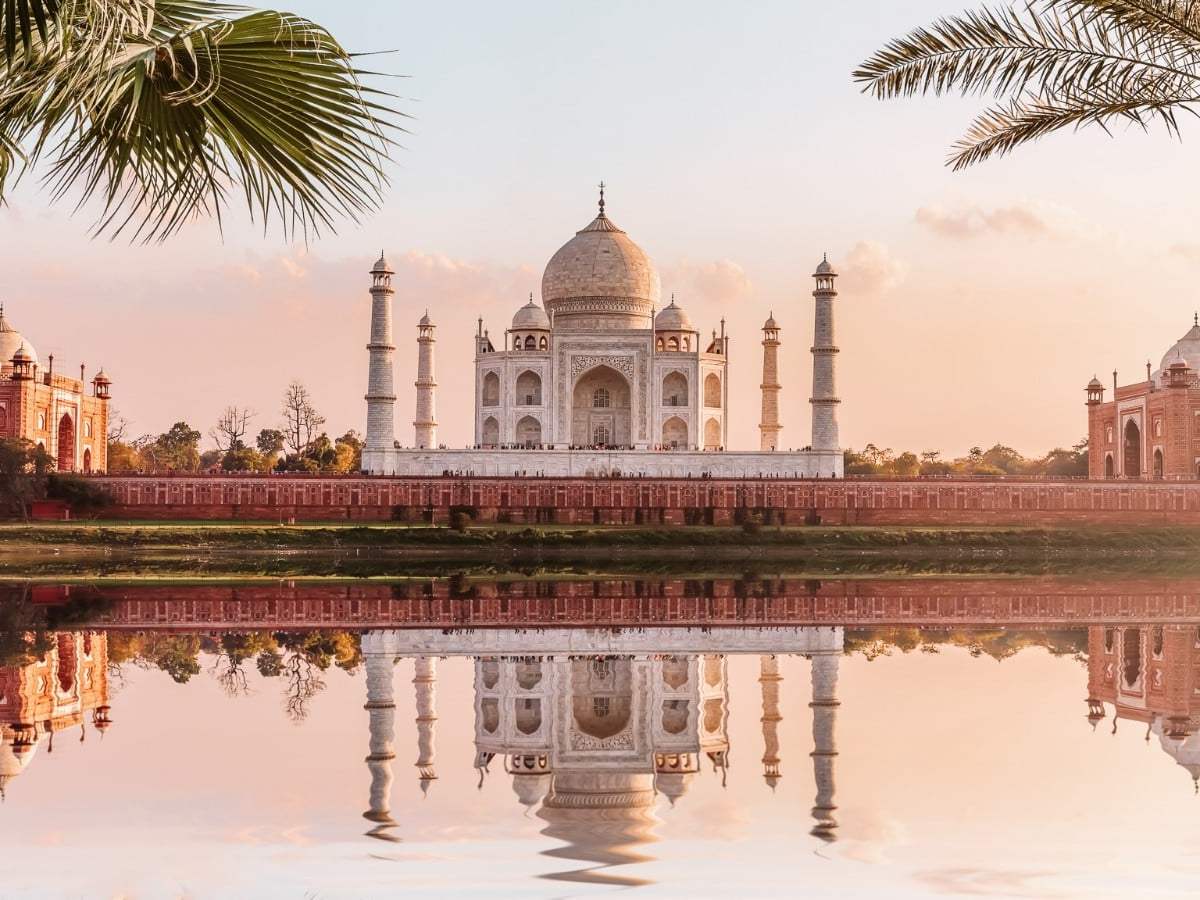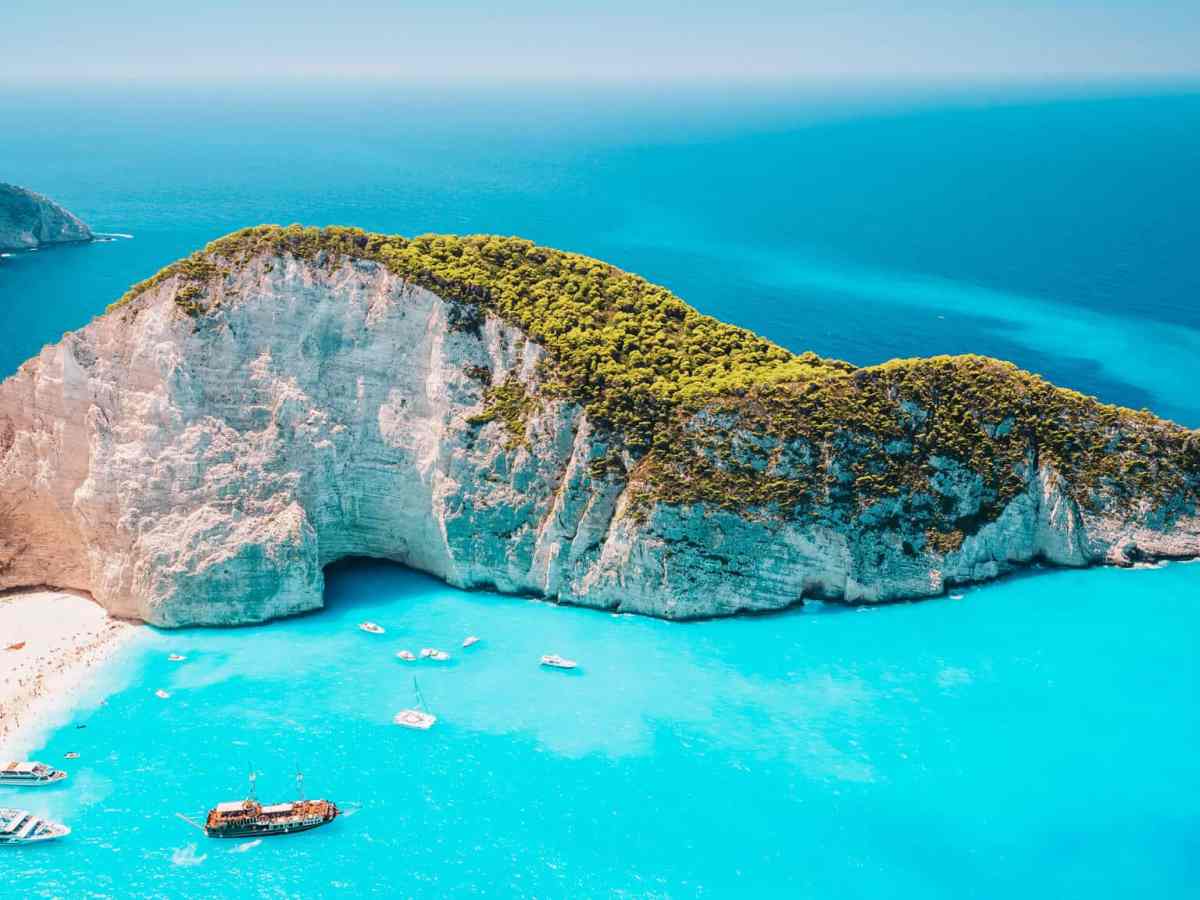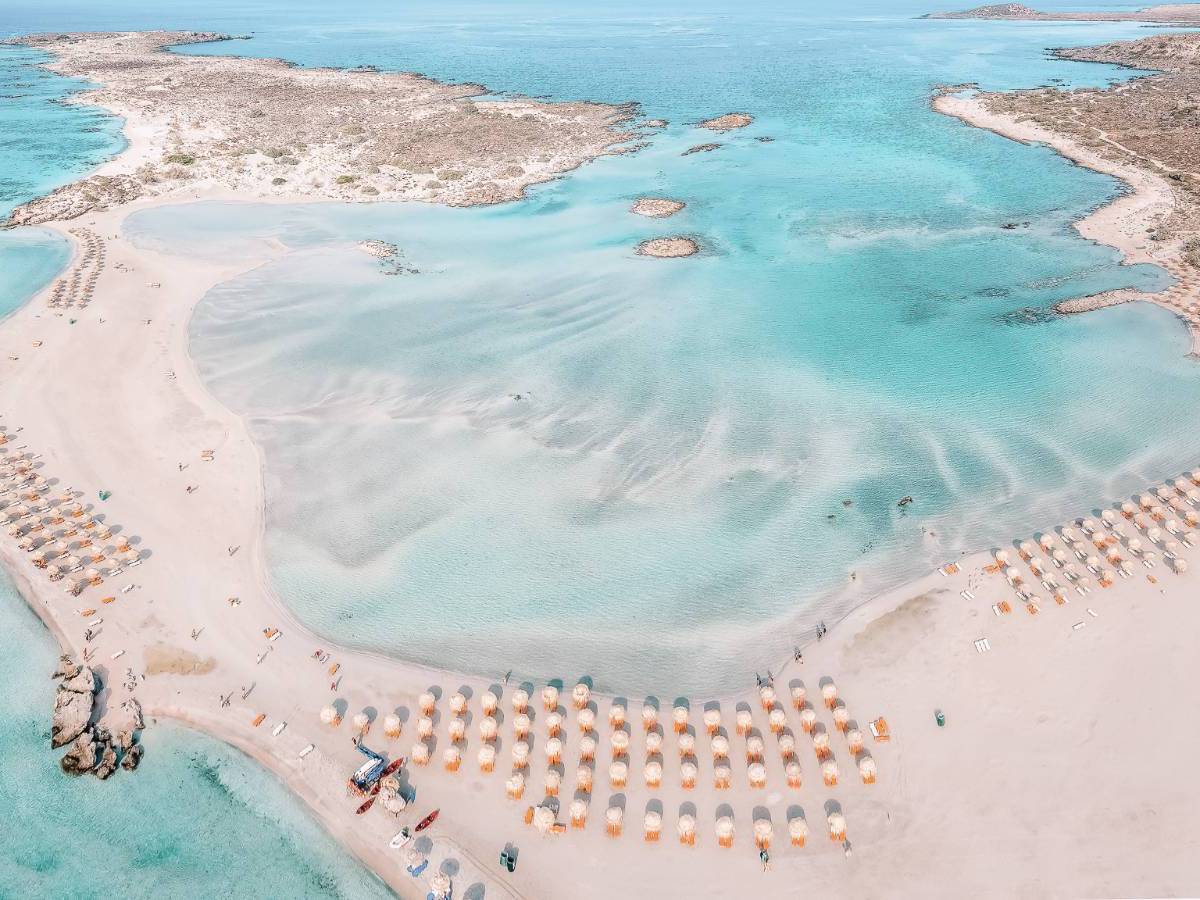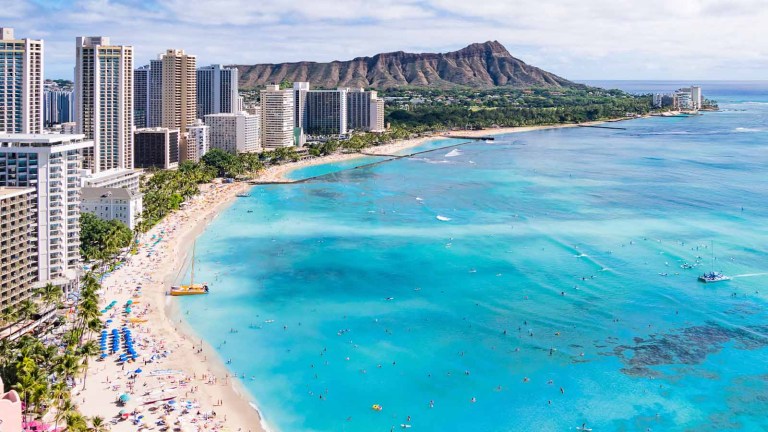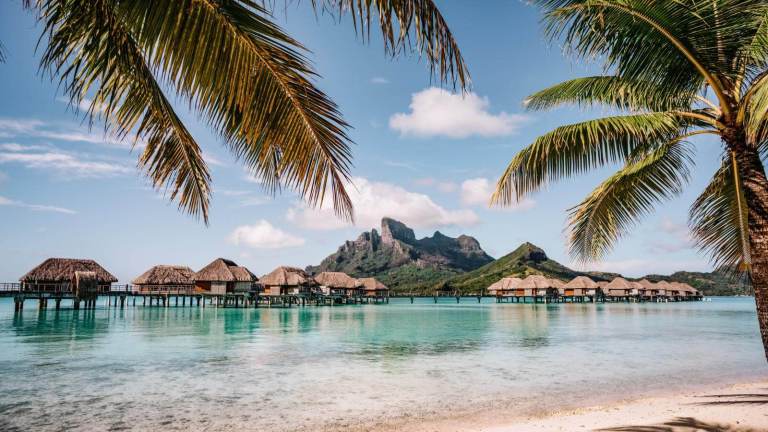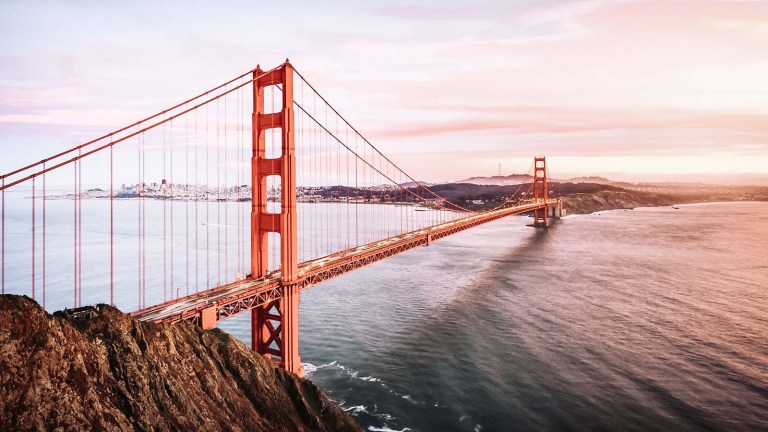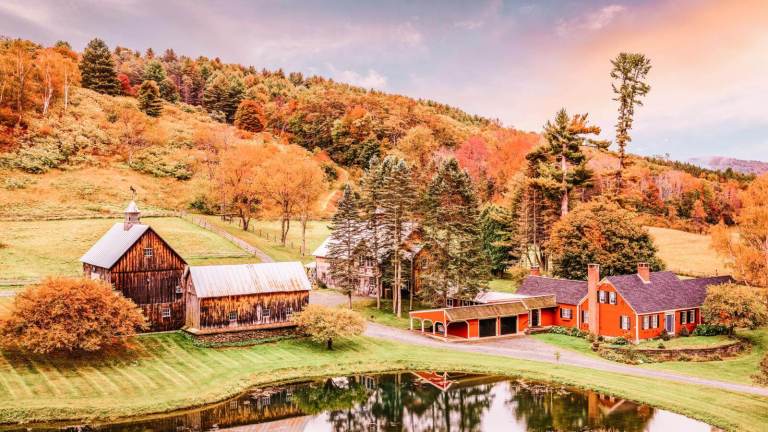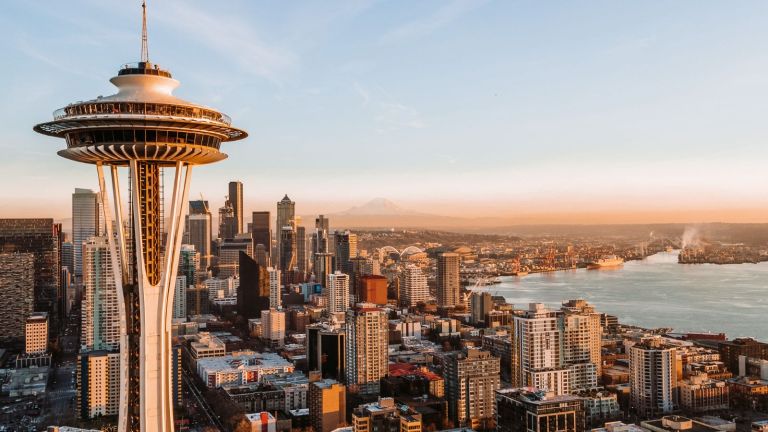12 Historical Sites in the Caribbean That Tell the Tales of Pirates and Plantations
Some of the links might be affiliate links and, at no extra cost to you, we earn a small commission. See our disclaimer for more info.
The Caribbean is arguably best known for its crystal-clear turquoise waters, golden sand beaches, incredible sea life, and rum. However, island visitors quickly realize that the Caribbean also has a rich history.
Even today, you’ll find stories of plantations, their horrific working conditions, and the fearsome pirates that once plundered the islands. From famous pirates like Blackbeard and Francis Drake to the first sugar plantations opened by the Portuguese in the 1550s, there’s a lot to learn, and the Caribbean’s historical sites are the best place to start.
Looking for the best historical sites to visit? Here are the top 12 in the Caribbean, telling the tales of pirates and plantations.
The Underwater City of Port Royal, Jamaica
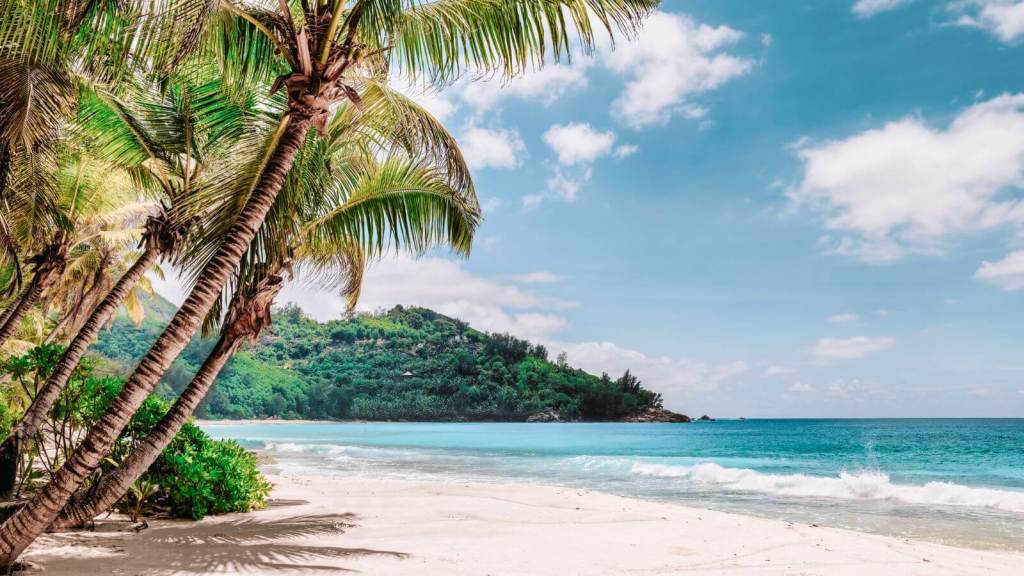
Until the 17th century, Port Royal on the southern coast of Jamaica was a thriving pirate stronghold. Commonly called the “Wickedest City on Earth,” it was a playground for pirates, smugglers, and privateers. There was even a time when the Jamaican authorities used pirates for protection.
🏨 Explore all your hotel options here
However, in 1692, an earthquake sank a significant portion of the city. After further tidal waves, floods, and hurricanes, most of what remained is now under the sea. Today, all that remains are the excavated ruins on the seafloor. Luckily, though, it’s possible to visit the remnants of this once-infamous pirate city on a boat tour or organized diving trip.
Read also: Must-Visit Caribbean Beaches
Fort de Rocher, Tortuga, Haiti
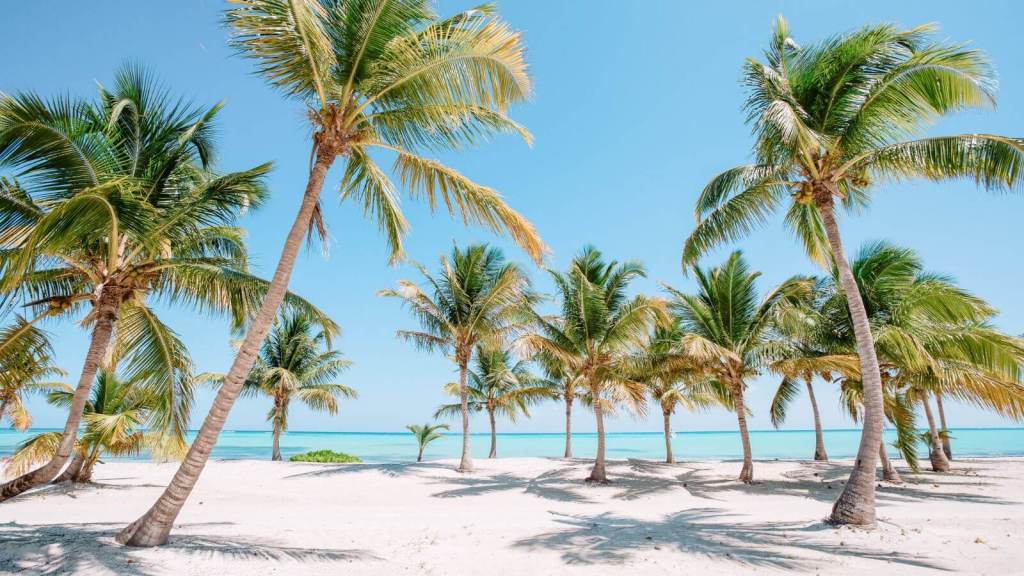
Popularized by Disney’s Pirates of the Caribbean, Tortuga, or Turtle Island in Haiti was an infamous pirate haven throughout the 17th century. Pirates traveled across the Atlantic to meet on the tiny island to plot raids and split their spoils. Who knows, you might get lucky and find some hidden pirate treasure during your visit!
🏨 Explore all your hotel options here
Today, there isn’t much to see on Tortuga besides untouched beaches and crystal-clear waters. However, pirate enthusiasts can still visit Fort de Rocher. Fort de Rocher is a seventeenth-century fortress built and used by buccaneers to defend Tortuga from Spanish forces. Unfortunately, only a few foundations remain.
Read also: Visa-Free Caribbean Destinations
Fort Fincastle, Nassau, Bahamas

In all truth, you’ll find evidence of pirates almost everywhere you go in Nassau. Whether that be an ancient fortress thought designed to offer protection from invaders, a pirate-themed tour, or a museum dedicated to all things pirates, you can’t escape it.
Like Tortuga and Port Royal, Nassau was once a notorious pirate hub in the Caribbean. Between the 17th and 18th centuries, pirates like Calico Jack and Blackbeard would haunt the seas surrounding the island. At Fort Fincastle, visitors can step back to the age of piracy, looking through grates in the ground to see the tunnels pirates would use for hidden passage.
🏨 Explore all your hotel options here
Nassau is also home to the Pirates of Nassau Museum. Tourists can explore a replica pirate ship at the museum, wander the 18th-century streets, and learn about Blackbeard and his demise.
Read also: Hidden Beaches in the Caribbean
Santiago Fortress, Portobelo, Panama

Portobelo, Panama, was the site of many pirate battles in the 17th and 18th centuries. The town was selected as one of the docks from which the Spanish would transport their silver back to Spain. Therefore, it became a target for plundering pirates.
Santiago Fortress was built to defend the town, but that didn’t stop famous pirates like Captain Morgan and Francis Drake from launching attacks.
🏨 Explore all your hotel options here
In 1668, Morgan successfully attacked Santiago Fortress and Portobelo with 500 pirates, privateers, and buccaneers. Remarkably, the fort still stands today as a UNESCO World Heritage Site. The remains of the fort offer a fascinating insight into the pirate era. Incredibly, the walls are still scarred from various battles.
Read also: Best Pristine Islands in the Caribbean
Woodford Hill Pirate Trading Port, Dominica
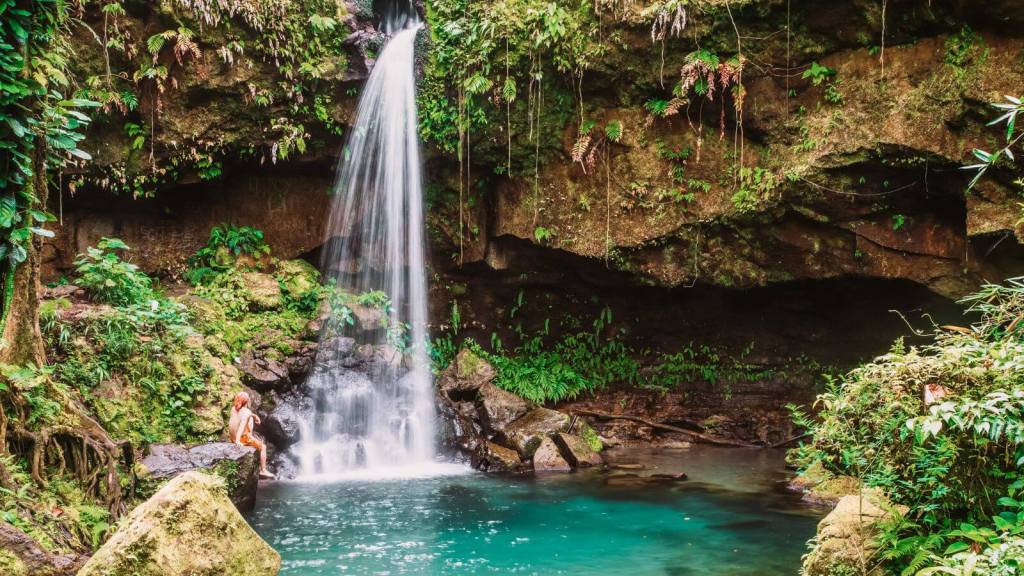
Dominica was a significant stopping spot for the English and Spanish between the 16th, 17th, and 18th centuries, making it a destination for pirates. In 1567, a fleet of Spanish ships sank off the coast of Dominica, leading to a pirate treasure mystery.
The ships carried almost three million pesos, and the money was never found. Therefore, somewhere on or around the island is a lot of hidden treasure.
🏨 Explore all your hotel options here
However, one of Dominica’s most fascinating historical sites was only found in 2018 in the island’s northeast corner. Archaeologists discovered a pirate trading port after a hurricane caused erosion along the beach at Woodford Hill. The material found at the site indicates that pirates used it as a base to attack ships.
Read also: Must Visit Caribbean Islands
The Quedagh Merchant Ship, Catalina Island, Dominican Republic
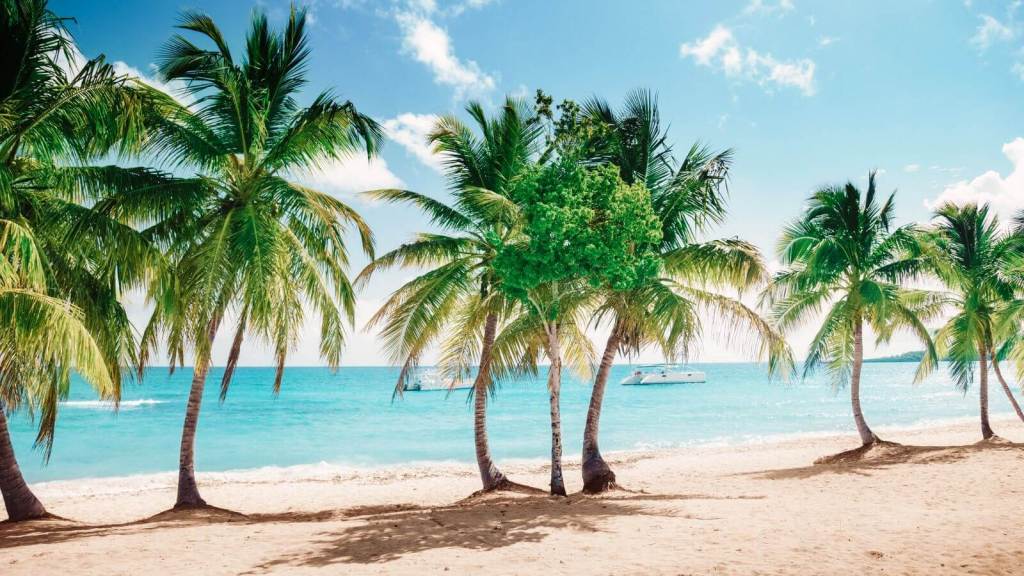
The Dominican Republic has a rich history of piracy. In the 15th century, pirates hid near Catalina Island, waiting to ambush passing Spanish ships. In the 16th century, Francis Drake controlled and plundered Santo Domingo. However, the tale surrounding the Quedagh Merchant Ship is our favorite story.
🏨 Explore all your hotel options here
In 2007, a shipwreck was discovered 25 meters off the coast of Catalina Island in three meters of water. The shipwreck was the Quedagh Merchant Ship, a ship that pirate Captain William Kid captured. Despite its reasonably obvious location, its secrets and treasures had been hidden for 300 years.
Read also: Romantic Caribbean Getaways
Rose Hall, Montego Bay, Jamaica
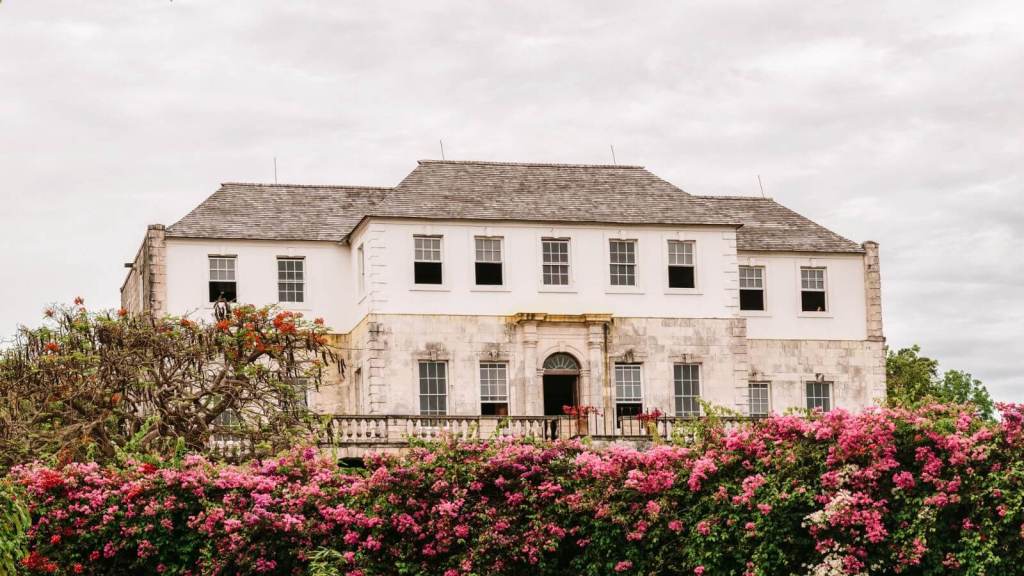
Moving away from all things pirates, Montego Bay, Jamaica, is home to a famous Jamaican Georgian plantation house called Rose Hall. Once one of the country’s greatest plantation houses, Rose Hall was constructed in 1770. However, it fell into disrepair and was later restored and converted into a museum and wedding venue in the 1960s.
🏨 Explore all your hotel options here
Despite its lush gardens and luxury furnishings, Rose Hall has a dark past. Between the 18th and 19th centuries, the property was a plantation upon which hundreds of men, women, and children were enslaved.
During the slave rebellion of 1831, most of the manor houses were burned down. However, most enslaved people were too afraid to leave, so they stayed, and the plantation survived.
Read also: Ultimate Adventure Islands in the Caribbean
Bellefield Great House, Montego Bay, Jamaica
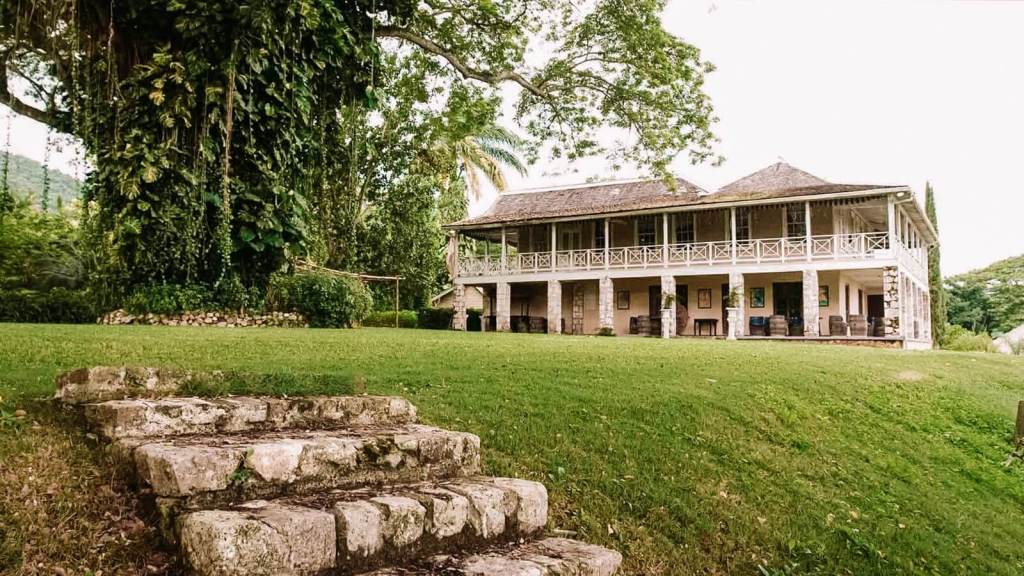
Another historical plantation site in Montego Bay is Bellefield Great House, located on one of the oldest sugar plantations in Jamaica. Built in the 17th century, when sugar cane made Jamaica one of the wealthiest English colonies in the Caribbean, as a militia outpost, Bellefield houses a sugar mill shipped directly from England.
🏨 Explore all your hotel options here
This lush estate spans 10 acres (4 hectares) of land and, after more than 11 generations, is owned by the Kerr-Jarrett family. To offer tourists an insight into Jamaican history, the Kerr-Jarrett family has opened the estate doors to the public. Visitors can walk around the property, eat at the restaurant, and even get married on-site.
Read also: Incredible Secret Spots in the Caribbean
Betty’s Hope, Antigua
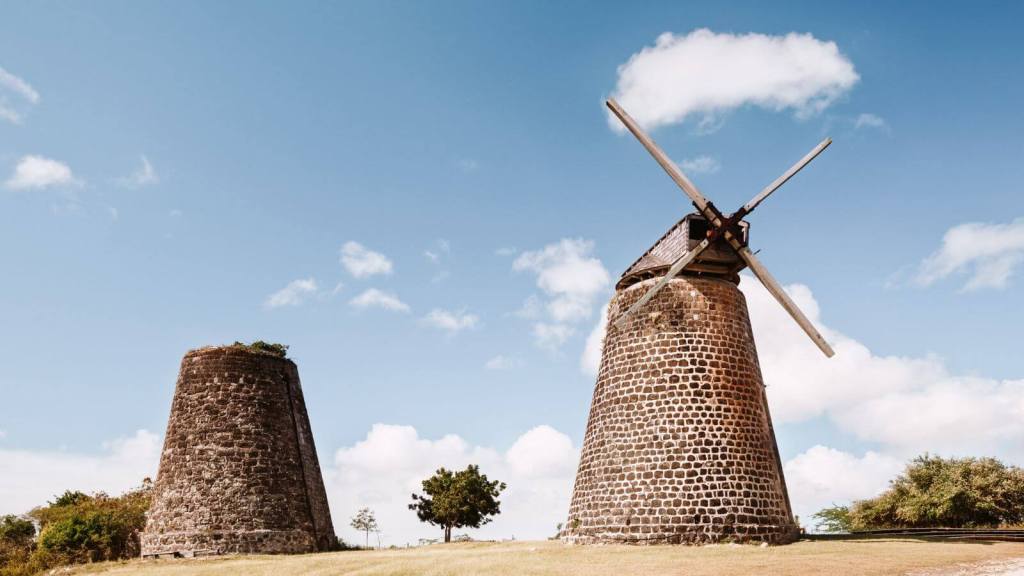
On the island of Antigua, east of Jamaica, sits a former sugar plantation called Betty’s Hope. Established by Sir Christopher Codrington in the 1600s, the plantation is now a historic landmark and museum dedicated to the memory of enslaved Africans who were made to endure inhumane working and living conditions.
🏨 Explore all your hotel options here
Throughout its 300-year history, Betty’s Hope played a crucial role in Antigua’s history and influenced the lives of thousands of Antiguans. Today, the plantation features approximately 112 sugar mill towers, an Interpretation Center, and exhibits that detail the sugar-making process.
Read also: Incredible Hidden Beaches in the Caribbean
Mountravers Plantation, Nevis, West Indies

Mountravers Plantation, also known as Pinney’s Estate, was once a medium-sized sugar plantation on the island of Nevis. It featured several estates and was once home to more than 900 enslaved people.
The plantation was a premier landing point for enslaved Africans until slavery was abolished in 1834. Between 1676 and 1700, the island had slavery links between the Caribbean and Bristol in the United Kingdom.
🏨 Explore all your hotel options here
The Pinney family now owns the Mountraver’s ruins, and public access is limited. However, the family still permits access to some of the ruins and four old dams used to supply the steam engines at Pinney’s yard.
Read also: Spectacular Hiking Trails in the Caribbean
Archaeological Landscape of the First Coffee Plantations in the Southeast of Cuba, Sierra Maestra, Cuba
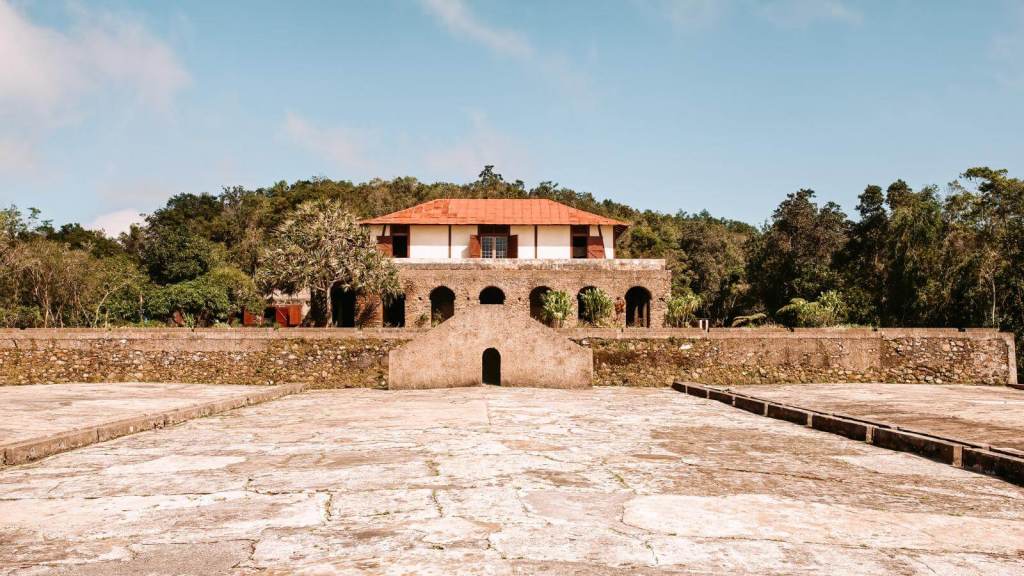
The Archaeological Landscape of the First Coffee Plantations in the Southeast of Cuba includes the remains of multiple 19th-century coffee plantations.
These remains are valuable evidence of a pioneering form of agriculture on rugged terrain. From the plantations, scientists have learned a lot regarding the social, economic, and technical significance of the plantation system in the Caribbean.
🏨 Explore all your hotel options here
A UNESCO World Heritage Site, this property occupies 201,329 acres (81,475 hectares) of land and features 171 19th and 20th-century coffee plantations. Quite brilliantly, the plantations are linked via roads, aqueducts, and bridges.
Read also: Insta-Worthy Spots in the Caribbean
St. Nicholas Abbey, St. Peter, Barbados

The final historical site in the Caribbean we have for you is St. Nicholas Abbey in St. Peter, Barbados. One of the oldest plantations in the Caribbean, St. Nicholas Abbey is a 17th-century sugar plantation and rum distillery that is now a museum. Colonel Benjamin Berringer built the property in 1658, making it one of just three Jacobean mansions in the Western Hemisphere.
🏨 Explore all your hotel options here
A visit to St. Nicholas Abbey will provide insight into life on a plantation and the beauty of Jacobean architecture. The plantation had 400 acres of prime land and was once worked by approximately 300 enslaved people.
Read also: Amazing Sunset Viewing Spots in the Caribbean
Caribbean
World
Follow Us
Travel Planning Resources

